See How Invisalign Works for Seamless Teeth Straightening
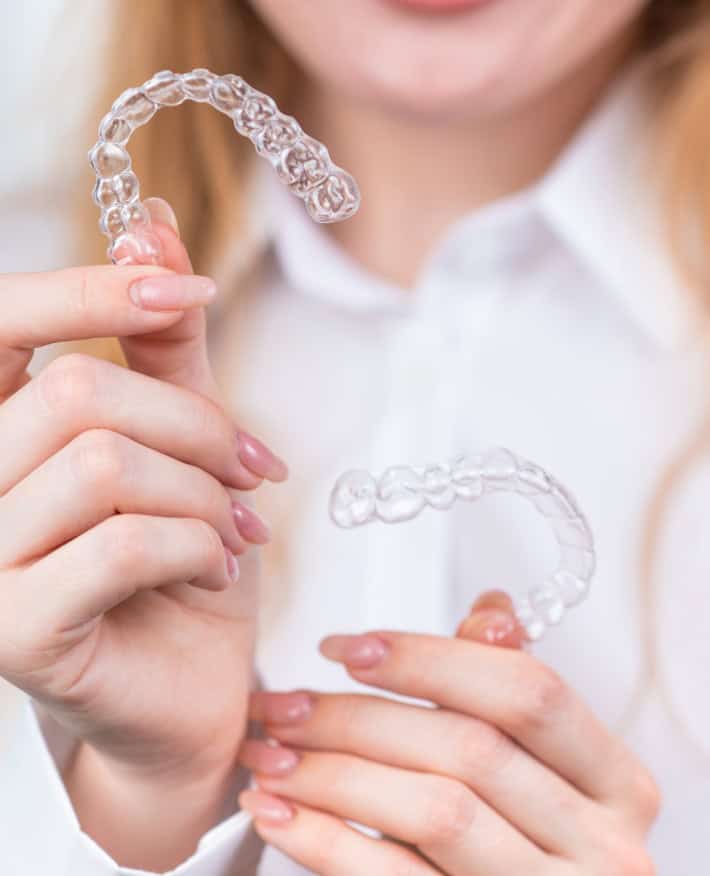
The Clear Aligners Designed For Modern Smiles
Steps Involved
In Getting Invisalign Aligners
Getting Invisalign clear aligners involves a straightforward process designed to provide a tailored orthodontic experience. From your initial consultation to receiving your customised aligners, each step is focused on achieving your ideal smile. Below is an introduction to the steps involved.
- Schedule a consultation with your dentist to assess your smile and determine if Invisalign is the right choice for you.
- Have a 3D scan or impressions taken to create your custom aligners tailored precisely to your unique dental structure.
- Begin wearing your aligners as prescribed, changing to a new set approximately every two weeks for gradual, effective adjustments.
- Attend regular checkups with your dentist to monitor progress, review results, and make any necessary adjustments throughout your treatment.


The Real Benefits: How Invisalign Works Beautifully
Invisalign aligners offer a modern approach to teeth straightening that prioritises comfort, convenience, and aesthetics. Designed to seamlessly fit into your lifestyle, they support both your dental health and confidence. Below are the benefits of choosing Invisalign for your smile transformation.
- Invisalign aligners are virtually invisible. They let you straighten your teeth discreetly without the need for noticeable braces.
- Regular adjustments are not needed as frequently, saving you time with fewer visits to the dentist.
- The custom-made aligners are specifically designed to provide maximum comfort. It helps minimise irritation commonly experienced with conventional braces.
- Aligners are removable, which makes it easy to eat and drink comfortably. They also allow you to maintain proper oral hygiene throughout your treatment.
Invisalign Services at Prestige Smiles
At Prestige Smiles, we provide personalised care to help patients achieve beautifully aligned smiles with confidence. Our team is committed to delivering a seamless and comfortable orthodontic experience tailored to your dental needs.
Prestige SmilesInvisalign Services
-

Invisalign for Kids
Invisalign for kids provides a gentle, effective way to address early orthodontic concerns. These aligners guide growing teeth into proper alignment, promoting healthy development and a confident smile.
-
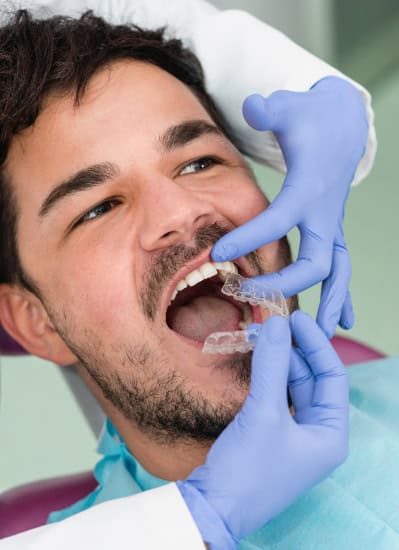
Invisalign for Adults
Invisalign for adults offers a discreet, comfortable option for straightening teeth while maintaining a professional appearance. It improves oral health and confidence.
-

Invisalign Consultations
Our Invisalign consultations include a personalised assessment and a tailored treatment plan. We’ll help you understand how Invisalign can address your orthodontic needs.
Affordable Dental Care With Flexible Payment Options
-
- Child Dental Benefits Schedule
- Eligible children can access essential dental services under the Australian Government’s Child Dental Benefits Schedule. Designed to support both oral and overall health, CDBS helps make early dental care more accessible for families.
-
- Dental Services for DVA Card Holders
- We proudly support Department of Veterans Affairs (DVA) cardholders, offering access to specific dental treatments to help maintain oral health with convenience and respect for your service.
-
- Afterpay
- Enjoy the flexibility of spreading your dental costs over four equal instalments — interest-free. Afterpay lets you receive the care you need now and pay over time, making dental treatments easier to manage within your budget.
-
- Zip
- With Zip, you can access dental treatments today and pay later with a flexible repayment schedule that suits you. No upfront payments needed.
-
- SuperCare
- SuperCare may assist eligible patients in accessing their superannuation early to fund necessary dental treatments. Our team can guide you through the SuperCare process to make it as smooth as possible.
-
- Pretty Penny Finance
- Looking for personalised dental financing solutions? Pretty Penny Finance offers tailored repayment options to help you manage treatment costs comfortably and confidently.
-
- HBF
- As an HBF-preferred provider, we offer quality dental care to HBF members, helping to reduce out-of-pocket expenses across a range of treatments.
-
- CBHS
- We proudly partner with CBHS Health Fund to deliver affordable, personalised dental care for members, supporting better oral health outcomes.
-
- HIF
- As a preferred provider for HIF members, we make it easier to access cost-effective dental services while maintaining the highest standards of care.
Explore Our Smile Gallery: Stunning Before & After Transformations
Explore our Smile Gallery to see incredible transformations achieved with Invisalign. These photos showcase the effectiveness of our dental treatments, inspiring confidence in your journey to a beautifully aligned smile.
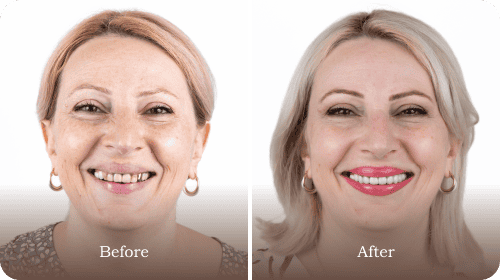
- Dental Crowns
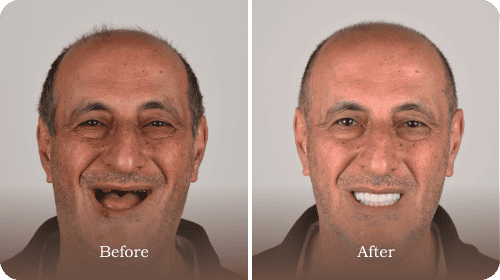
- Dental Implants
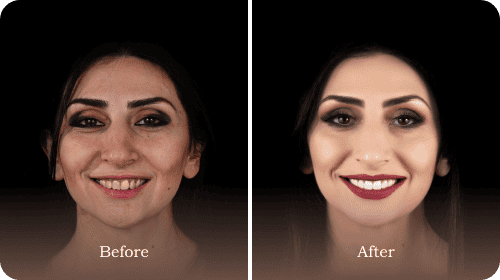
- Veneers
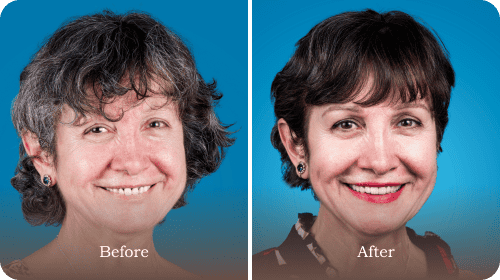
- Dental Crowns
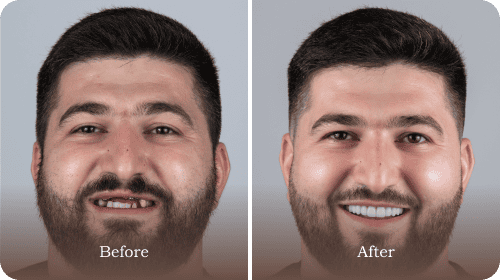
- Dental Implants
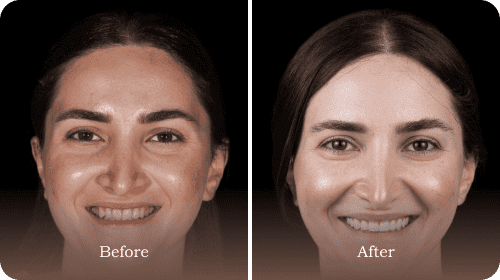
- Veneers
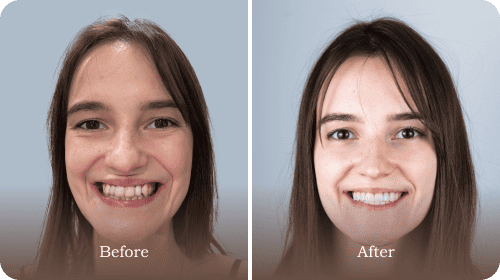
- Dental Crowns
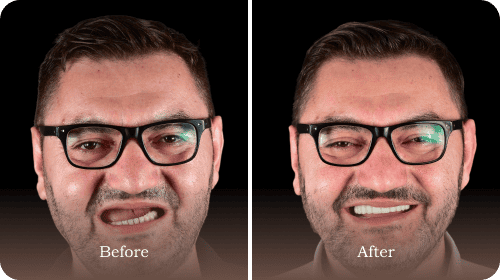
- Dental Implants
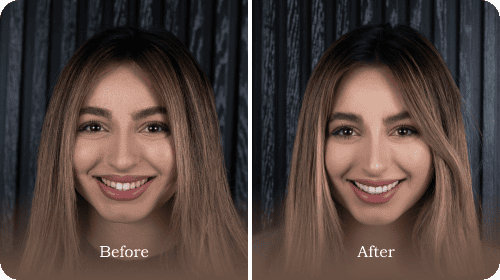
- Veneers
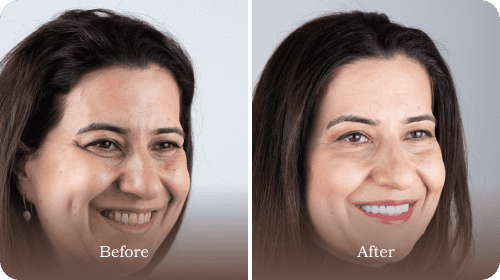
- Dental Crowns
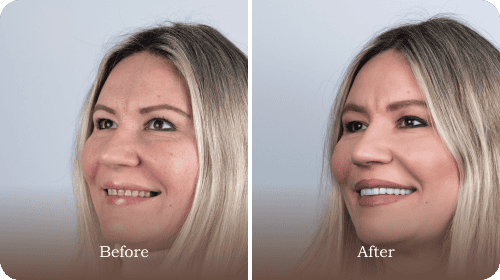
- Dental Implants
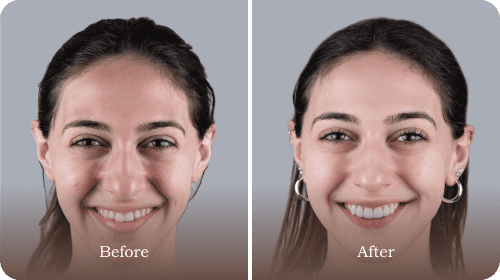
- Veneers
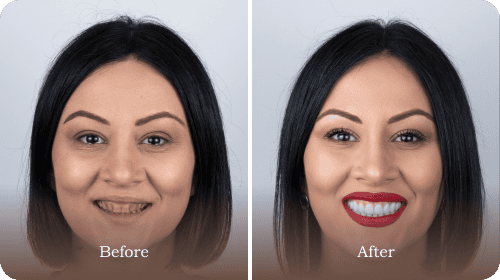
- Dental Crowns
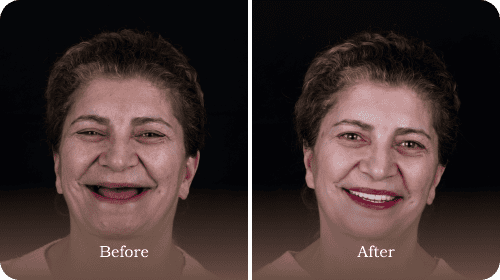
- Dental Implants
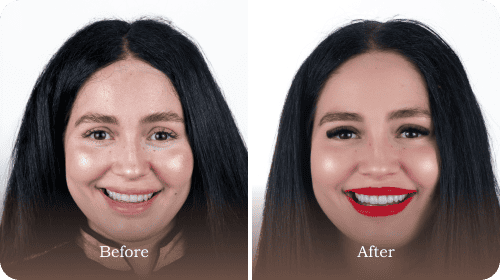
- Veneers
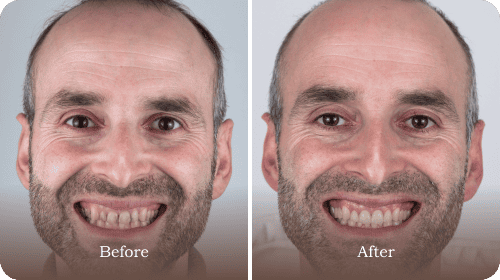
- Dental Crowns
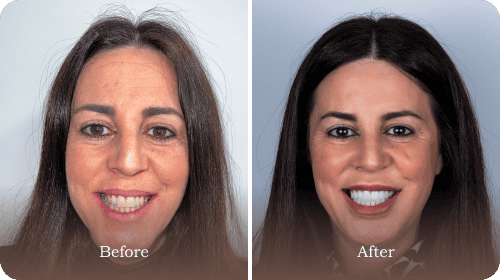
- Veneers
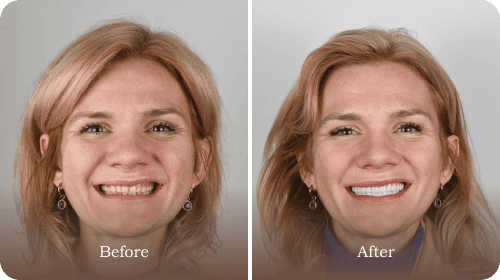
- Veneers
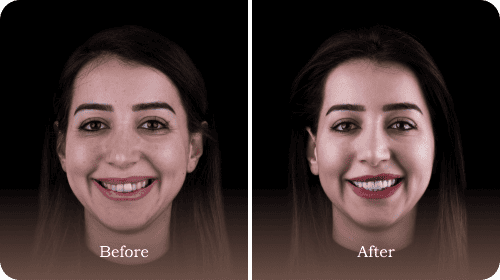
- Veneers
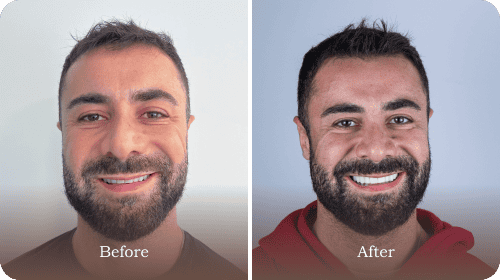
- Veneers
FREQUENTLY ASKED QUESTIONS
Do you need to wear Invisalign aligners all day?
Yes, wearing Invisalign aligners for 20 to 22 hours daily is essential for effective results. Removing them only during eating and oral hygiene maintains consistent tooth movement. Failing to wear aligners as recommended can delay treatment progress or reduce its effectiveness.
The Invisalign teeth straightening process is designed for nearly full-time wear while being discreet and comfortable. Following your dentist’s guidance helps you achieve your desired smile within the estimated timeframe. Regular compliance supports predictable, gradual shifts in tooth alignment, optimising the treatment outcome.
Are there long-term side effects of using Invisalign aligners?
Invisalign technology has revolutionised orthodontic care, offering a popular and reliable choice for teeth straightening with minimal disruptions. However, it is important to consider potential side effects. Here’s a clear breakdown of possible considerations:
- Mild Discomfort Over Time:
Extended wear of aligners may cause minor discomfort, particularly during the adjustment period as your teeth shift into alignment. - Potential Bite Changes:
Without consistent retainer use after treatment, teeth may shift, or bite alignment may change due to natural movement. - Jaw or Muscle Strain:
In rare cases, prolonged adjustments can cause mild jaw discomfort or strain, especially for patients with pre-existing TMJ disorders. - Material Sensitivities:
Though uncommon, some patients may experience sensitivity or irritation due to the aligner material. These concerns should be addressed by consulting your dentist.
When used properly and maintained under professional guidance, Invisalign technology provides a safe, effective treatment with minimal long-term side effects. It offers a comfortable and discreet way to straighten teeth, supporting optimal results for most orthodontic cases. If you have any concerns, your dentist can provide tailored advice to support the most ideal outcome.
How fast do teeth move with Invisalign treatment?
The speed of tooth movement during the Invisalign teeth straightening process depends on several factors. Here is a breakdown to help you understand the Invisalign process:
- Complexity of the Case:
Minor adjustments may take as little as six months to complete. More complex orthodontic issues may require up to 18 months or longer. - Compliance with Wear Time:
Aligners need to be worn for 20 to 22 hours per day for effective results. Not adhering to this schedule may result in delays in progress. - Individual Response to Treatment:
Everyone’s teeth respond differently to the aligners, meaning some people may notice changes sooner than others. - Frequency of Aligner Changes:
Dentists usually recommend changing to a new set of aligners every one to two weeks, depending on the treatment plan. - Age of the Patient:
Younger patients often experience faster tooth movement because of higher metabolic activity in their jawbones. However, Invisalign is effective for patients of any age.
With consistent aligner wear and regular checkups, most patients achieve noticeable progress within the first few months. If you’re considering Invisalign, your dentist can provide a personalised timeline based on your unique dental needs.
How long does it take for Invisalign treatment to work?
The duration of the Invisalign teeth straightening process can vary depending on the patient’s dental needs. Below is a detailed breakdown to help you understand the usual timelines for Invisalign aligners:
- Mild Cases:
For minor adjustments, treatment may take as little as six months. These cases often involve small shifts or adjustments to tooth alignment. - Moderate Cases:
For most patients, Invisalign treatment usually takes between 12 and 18 months. This duration accounts for moderate misalignments or spacing issues. - Severe Cases:
Complex cases, such as significant crowding or bite issues, may take up to 24 months or longer. These cases require more aligners and adjustments. - Initial Results:
While the full treatment time may span months, many patients begin noticing visible improvements within the first few weeks. - Wearing Aligners:
Invisalign is most effective when aligners are worn 20 to 22 hours daily, as recommended by your dentist. - Regular Check-ins:
Regular checkups every four to six weeks allow your dentist to track progress and make adjustments to maintain alignment.
Every Invisalign journey is unique, with a dentist providing a personalised treatment plan tailored to your specific goals. Follow your dentist’s advice to achieve a straighter smile on time.
Is wearing Invisalign aligners painful?
Wearing Invisalign aligners is usually not painful, but some patients may experience mild discomfort during the adjustment period. This discomfort typically occurs when switching to a new set of aligners, as they apply gentle pressure to move teeth. The sensation usually subsides after a few days as your teeth adjust to the aligners.
Unlike traditional braces, Invisalign aligners are designed with smooth edges to minimise irritation to your gums and cheeks. While slight pressure is normal, severe pain is uncommon and should be discussed with your dentist. Invisalign aligners offer a more comfortable orthodontic experience while effectively straightening your smile.
Can you drink coffee with Invisalign aligners?
When considering your favourite beverages during Invisalign treatment, it’s important to know how they may impact your aligners. Here’s what you need to know about drinking coffee with Invisalign:
- Avoid drinking coffee while wearing aligners:
Coffee can stain your aligners, leaving them discoloured and noticeable, which compromises their discreet purpose. - Remove your aligners before drinking coffee:
To protect them from stains and warping caused by heat, always take your aligners out before enjoying your coffee. - Rinse your mouth before reinserting aligners:
Coffee can leave a residue that may increase the risk of tooth decay. It’s advisable to rinse your mouth or brush your teeth before putting your aligners back in. - Drink water while wearing aligners:
Water is the safest drink to consume while wearing Invisalign, as it won’t harm your teeth or aligners.
Taking these precautions helps maintain the effectiveness of your Invisalign treatment. By following these guidelines, you can still enjoy your coffee while achieving the smile you desire.
Does Invisalign work if you wear it only at night?
Invisalign aligners are designed to be worn for 20 to 22 hours daily to support effective tooth movement. Wearing them only at night significantly reduces their effectiveness and can prolong the treatment timeline. Full-time wear maintains consistent pressure on teeth, which is essential for achieving the desired results.
Wearing aligners only at night may cause them to fit poorly over time, reducing their effectiveness in guiding teeth. Invisalign treatment relies on a consistent schedule to deliver predictable outcomes. Not adhering to the recommended wear time can hinder progress and extend the duration needed to achieve final results.
How do teeth stay aligned after Invisalign treatment?
After completing Invisalign treatment, it’s important to maintain your newly aligned smile. Here are the key factors that help maintain your teeth in their desired positions:
- Retention with Custom Retainers:
After your Invisalign treatment, your dentist will provide you with a custom-made retainer. These retainers are designed to hold your teeth in their new positions and prevent them from shifting. - Wearing Retainers Consistently:
Retainers are most effective when worn as instructed by your dentist. Initially, you may need to wear them all the time, gradually transitioning to wearing them only at night. - Routine Dental Checkups:
Regular visits to your dentist help monitor the alignment of your teeth and the fit of your retainers. These checkups are important for keeping everything in optimal condition. - Good Oral Hygiene:
Maintaining proper oral hygiene keeps your gums and teeth healthy, providing a strong foundation to support your aligned smile. - Lifestyle Adjustments:
Avoid habits that can affect alignment, such as biting your nails or grinding your teeth. These habits can place undue pressure on your teeth.
By following these steps and staying committed to your aftercare plan, you can enjoy the long-term benefits of your Invisalign treatment. If you have any concerns about how Invisalign works, contact Prestige Smiles today!
Does Invisalign change face shape?
Invisalign technology is a discreet orthodontic treatment designed to improve your smile by aligning your teeth. While it primarily focuses on dental alignment, it can indirectly influence your face shape. Here’s how Invisalign may or may not impact your facial structure:
- Improves Jaw Alignment:
Invisalign can address dental issues like overbites, underbites, and crossbites. These adjustments may subtly alter the jaw’s position, potentially enhancing facial symmetry. - Subtle Changes to Lip Support:
Repositioning teeth may slightly adjust lip positioning, leading to subtle changes in the appearance of your mouth area. - No Direct Impact on Bone Structure: Invisalign does not modify the underlying bone structure of your face. Its effects are limited to dental alignment and bite improvement.
- May Enhance Cheek and Jawline Definition: In some cases, aligning the teeth and adjusting the bite can make your jawline or cheeks appear more defined.
- Personal Variations Matter:
The extent of facial change depends on the severity of your dental misalignment and the specific adjustments made during treatment.
Invisalign is not designed to reshape your face. However, the changes it brings to your teeth and bite can subtly enhance your overall facial aesthetics. If you’re curious about how Invisalign might affect your face shape, your dentist can provide insight. They can offer a tailored explanation based on your unique dental structure.
What hurts more, braces or Invisalign aligners?
Many people considering orthodontic treatment wonder about the discomfort level of braces compared to Invisalign aligners. Here’s a detailed comparison to help you understand the differences:
Discomfort with Braces
- Initial adjustment:
Conventional braces can cause noticeable discomfort or soreness when first applied or after adjustments. The discomfort occurs due to the pressure they place on teeth to shift them into the desired position. - Irritation from brackets and wires:
Metal brackets and wires may rub against the inside of your cheeks and lips, potentially causing sores or irritation. - Chewing difficulties:
Eating harder or stickier foods can feel more painful during the first few days after tightening appointments. - Orthodontic emergencies:
Broken metal wires or loose brackets may cause unexpected pain until restored.
Discomfort with Invisalign Aligners
- Initial tightness:
Invisalign aligners may cause mild discomfort when starting a new set of aligner trays as they gradually move your teeth. This mild tightness is an expected part of how the Invisalign aligner function works. - Smooth surface:
Unlike braces, Invisalign aligners are made of smooth plastic, so there is minimal risk of irritation to the gums. - Removable aligners:
Being able to remove the aligners for eating prevents discomfort caused by food getting stuck, a common issue with braces. - Adjustment period:
Some patients may feel slight soreness as their mouth adjusts to wearing aligners for 20 to 22 hours daily.
Comparing Pain Levels
- The level of discomfort varies from person to person. Braces often cause more consistent irritation due to their non-removable nature and potential for rubbing.
- Invisalign aligners cause less discomfort because they use gentle, gradual pressure and do not have the sharp edges of braces.
Orthodontic treatment may cause discomfort, which is normal as your teeth gradually shift into proper alignment. Discussing your options with a qualified dental professional helps you achieve an effective treatment journey with braces or Invisalign.
Does Invisalign align your teeth faster than braces?
Invisalign and traditional braces are both effective teeth straightening options. The time it takes to achieve results varies depending on the complexity of your case. Here’s a breakdown of how Invisalign compares to braces in terms of treatment duration:
- Treatment Speed for Mild to Moderate Cases:
For mild to moderate orthodontic concerns, Invisalign tends to align teeth faster than braces. It often achieves results in 12 to 18 months. - Customised Treatment Plans:
Invisalign aligners are tailored to move teeth in a precise sequence, which can streamline the process for less complex cases. This customisation is a key aspect of the Invisalign aligner function, which is designed to enhance treatment efficiency. - Complex Cases May Take Longer:
Traditional braces may be more effective for severe orthodontic issues, such as significant bite misalignments or rotated teeth. Invisalign may require a longer treatment duration for these complex cases. - Patient Compliance Plays a Role:
Invisalign requires consistent wear—usually 20 to 22 hours per day. Delays in wearing aligners as instructed can extend treatment time. - Technology Advantages:
Invisalign combines treatment planning software and SmartTrack material to enhance tooth movement, enabling faster progress in cases deemed suitable.
The ideal treatment option depends on your specific needs and goals. Consulting with your dentist will help you understand which method is more suitable for your situation.
How many trays of Invisalign are needed to see results?
The number of Invisalign trays needed to see results varies depending on the complexity of the individual’s orthodontic case. Usually, noticeable changes can occur within the first few trays as teeth begin to shift gradually. On average, a complete treatment plan may require 20 to 30 aligners over several months.
Some cases may involve fewer trays for minor adjustments or more trays for complex alignment issues. The Invisalign aligner function is designed to create small, precise movements with each tray, contributing to the overall progress. Regular monitoring by a dentist supports the treatment in staying on track as planned.
Discover Exceptional Dental Care. Schedule Your Visit With Us Today!
Trust us with your dental health and experience a welcoming environment, professional treatments, and personalised care. Schedule your appointment today and discover the impact we can have on enhancing your smile.